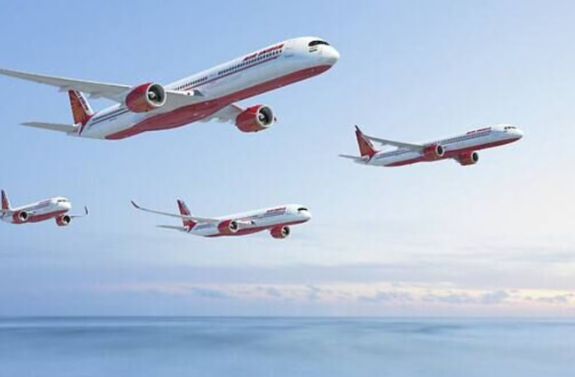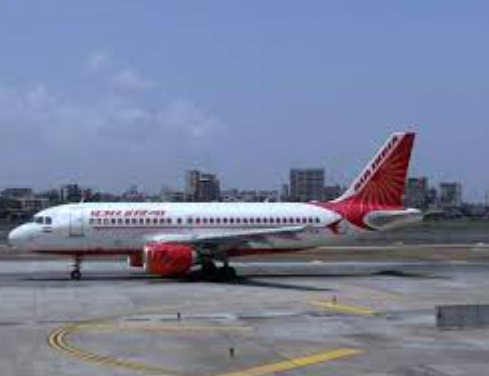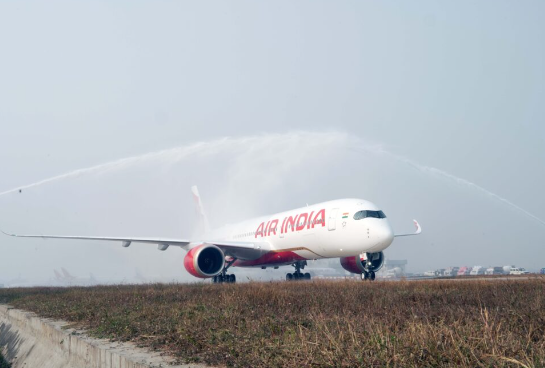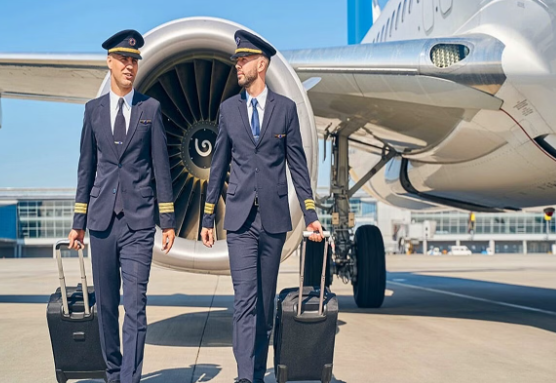
Air India, Under Tata Ownership, Unveils Plans for South Asia’s Largest Training Academy in Gurugram,Empowering Excellence
In a significant move aimed at transforming the aviation landscape in South Asia, Tata Group-owned Air India has unveiled plans to establish the region’s largest training academy in Gurugram, Haryana. Spanning an impressive 600,000 square feet, this integrated aviation training facility is set to become a beacon of excellence, poised to train over 50,000 aviation professionals in the coming years.
The announcement, made through Air India‘s official social media channels, emphasized the academy’s comprehensive approach to training. Beyond pilots, the academy will cater to a diverse range of aviation roles, including cabin crew, ground handling personnel, engineers, security staff, and more. The academy is projected to commence operations in the next year, with a focus on nurturing a skilled workforce to meet the dynamic demands of the aviation industry.

The training facility is designed to feature 20 Full Flight Simulator (FFS) Bays, replicating the conditions of Air India’s existing and future Airbus and Boeing fleets. This strategic investment in cutting-edge simulation technology underscores Air India’s commitment to ensuring the readiness of its crew for upcoming aircraft deliveries. Moreover, the academy is set to play a pivotal role in the development of the aviation sector by soon launching an Aircraft Maintenance Engineering (AME) school, providing comprehensive training to engineering cadets.
Collaborating with Airbus, Air India has entered into a joint venture to develop 10 of the required 20 Full Flight Simulator Bays. This partnership underscores the commitment to staying at the forefront of aviation training technology. Airbus, in an official statement, confirmed that the training center is scheduled to be operational by early 2025, with the initial installation of four A320 Full Flight Simulators.
The Tata Airbus Training Centre aims to offer courses approved by both the Directorate General of Civil Aviation (DGCA) and the European Union Aviation Safety Agency (EASA), ensuring the highest standards of training and certification.

Amidst this groundbreaking development, Air India’s new Airbus A350 VT JRA aircraft took center stage during the Wings India 2024 event. Civil aviation minister Jyotiraditya Scindia unveiled the aircraft, showcasing its capabilities in long-haul travel with a non-stop flight time of 16-17 hours. Part of Air India’s order for 470 aircraft, the A350-900 is anticipated to strengthen the airline’s market position. Its impressive fuel efficiency, burning 25% less fuel than its predecessors, aligns with the industry’s commitment to sustainability and cost-effectiveness.
With Tata Group’s backing, Air India received its first Airbus A350 in December of the previous year. As the new aircraft undergoes regulatory clearances, expectations are high for its deployment on domestic flights by the end of the current month. This marks a strategic move by Air India to enhance its fleet capabilities and offer passengers a state-of-the-art flying experience.
In conclusion, the establishment of South Asia’s largest training academy and the introduction of the advanced Airbus A350 underscore Air India’s commitment to excellence, innovation, and growth. This transformative initiative not only addresses the evolving needs of the aviation industry but also positions Air India as a leader in aviation training and technology in the region.

The unveiling of expansive training academy in Gurugram represents a milestone in the airline’s evolution, reflecting a forward-looking strategy under the Tata Group’s ownership. The academy’s emphasis on holistic training, covering a spectrum of aviation roles, is a testament to Air India’s dedication to producing a skilled workforce capable of navigating the challenges and advancements in the dynamic aviation sector.
The 600,000 square feet training facility, equipped with state-of-the-art Full Flight Simulator Bays, symbolizes a commitment to cutting-edge technology in aviation training. The decision to replicate the conditions of both Airbus and Boeing fleets demonstrates a forward-thinking approach to preparing crews for diverse scenarios, ensuring a high level of preparedness for the rapidly evolving aviation landscape.
The collaboration with Airbus for the development of Full Flight Simulator Bays not only underscores the strategic partnership between the two entities but also signifies Air India’s proactive stance in embracing advancements in training methodologies. The joint venture positions Air India at the forefront of innovation, with a focus on aligning training standards with global benchmarks, as evidenced by the approval of courses by both the DGCA and EASA.
For the latest updates-click here.


